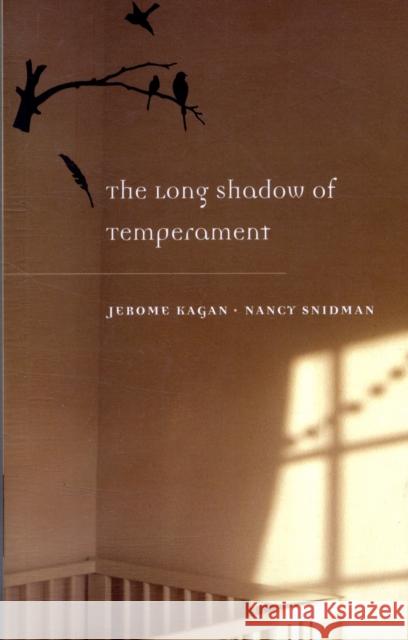Long Shadow of Temperament » książka
Long Shadow of Temperament
ISBN-13: 9780674032330 / Angielski / Miękka / 2009 / 304 str.
We have seen these children--the shy and the sociable, the cautious and the daring--and wondered what makes one avoid new experience and another avidly pursue it. At the crux of the issue surrounding the contribution of nature to development is the study that Jerome Kagan and his colleagues have been conducting for more than two decades. In The Long Shadow of Temperament, Kagan and Nancy Snidman summarize the results of this unique inquiry into human temperaments, one of the best-known longitudinal studies in developmental psychology. These results reveal how deeply certain fundamental temperamental biases can be preserved over development.Identifying two extreme temperamental types--inhibited and uninhibited in childhood, and high-reactive and low-reactive in very young babies--Kagan and his colleagues returned to these children as adolescents. Surprisingly, one of the temperaments revealed in infancy predicted a cautious, fearful personality in early childhood and a dour mood in adolescence. The other bias predicted a bold childhood personality and an exuberant, sanguine mood in adolescence. These personalities were matched by different biological properties. In a masterly summary of their wide-ranging exploration, Kagan and Snidman conclude that these two temperaments are the result of inherited biologies probably rooted in the differential excitability of particular brain structures. Though the authors appreciate that temperamental tendencies can be modified by experience, this compelling work--an empirical and conceptual tour-de-force--shows how long the shadow of temperament is cast over psychological development.











